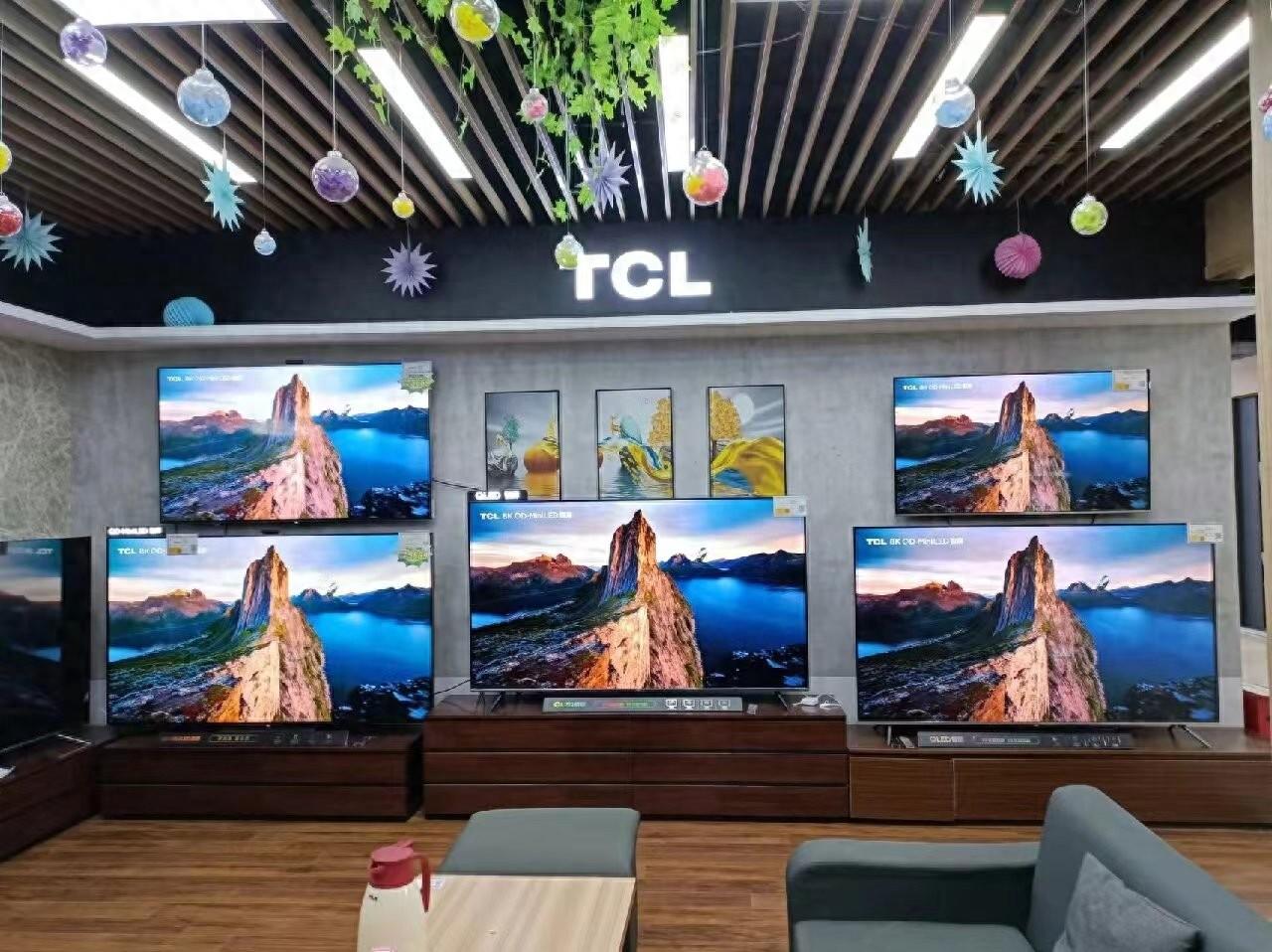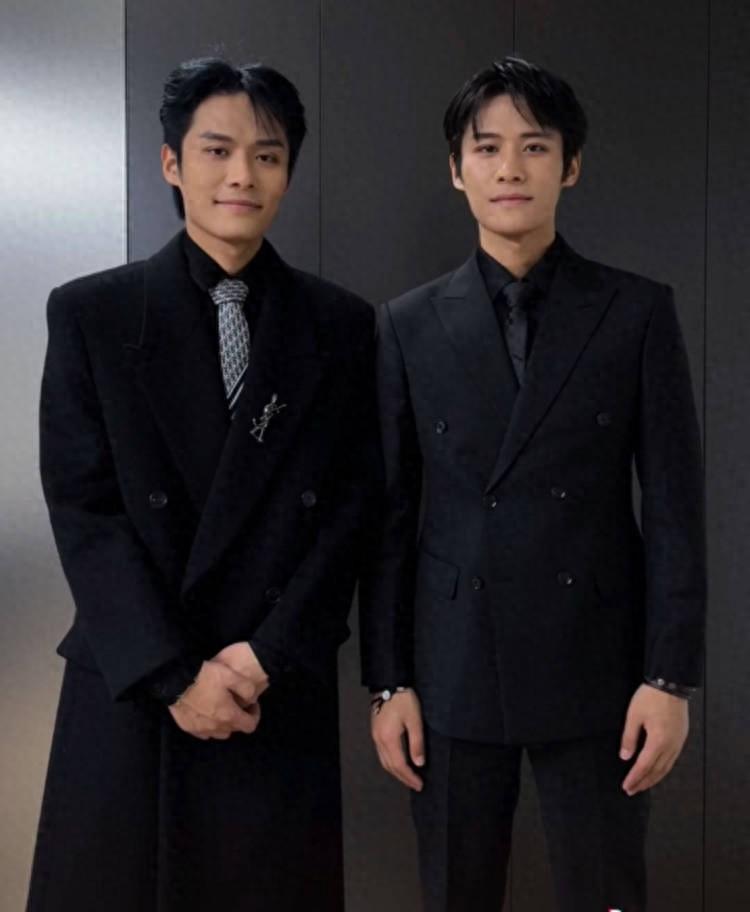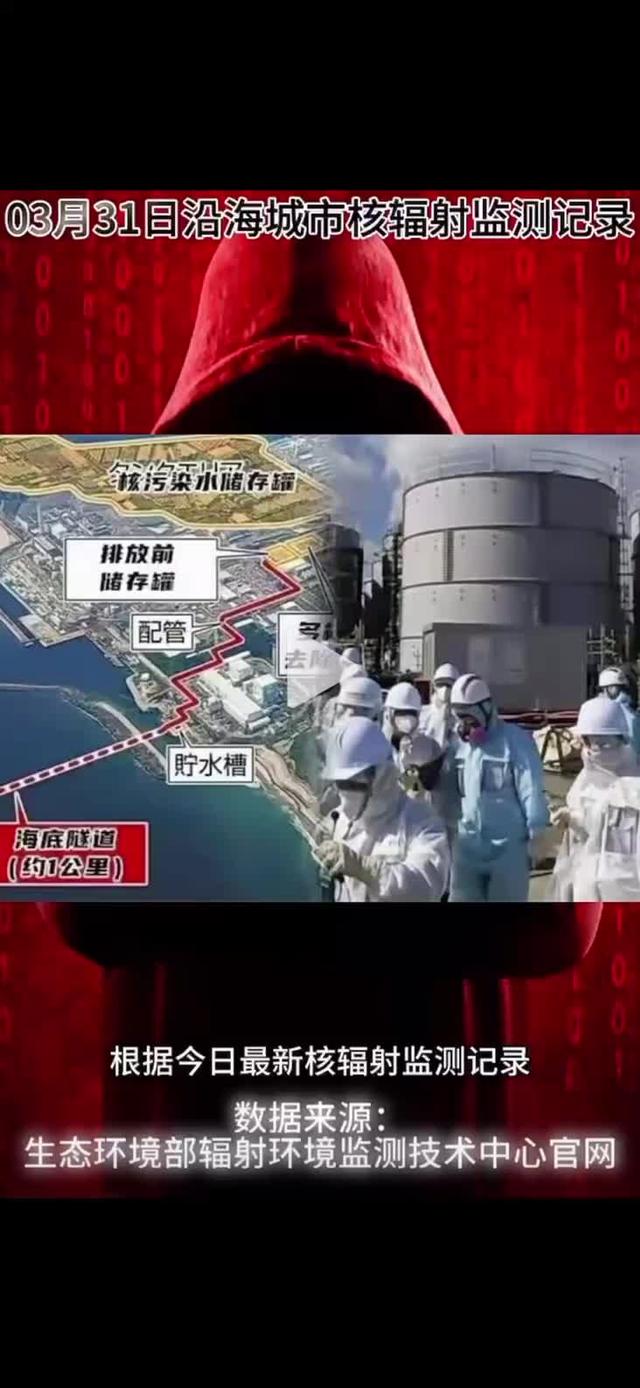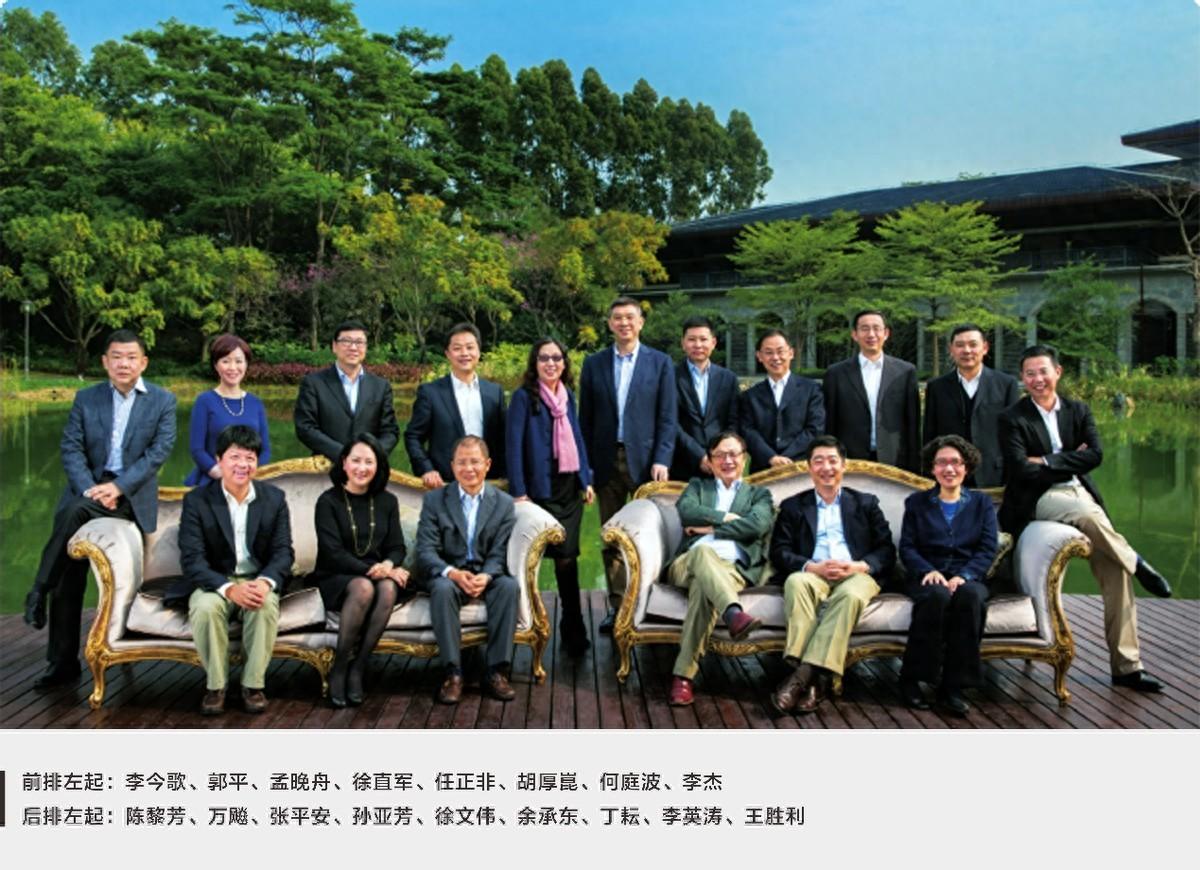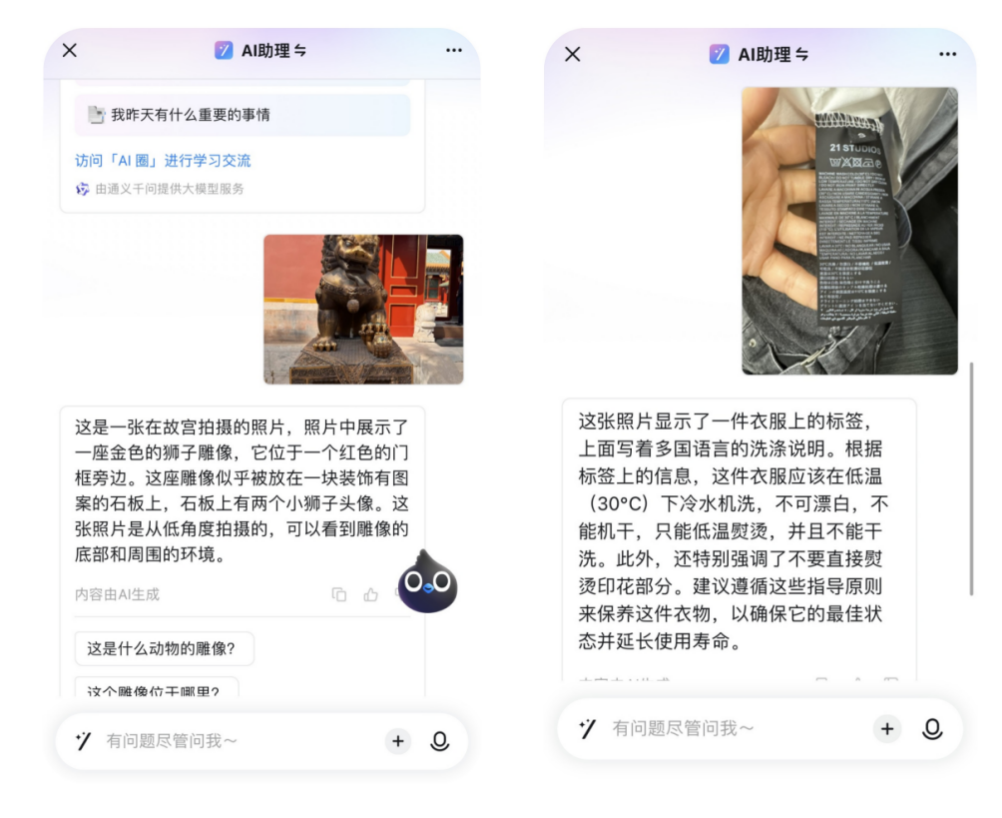The preliminary selection of China's manned lunar rover scheme was announced Inspired by the bronze chariots and horses of the Terra Cotta Warriors
A few days ago, the China Manned Space Engineering Office released the preliminary selection results for the development plan of manned lunar rovers, and the development plan "Wangshu Chariot" led by Tsinghua University was selected.The Tsinghua University News Network publicly introduced the design concept and released the concept map
A few days ago, the China Manned Space Engineering Office released the preliminary selection results for the development plan of manned lunar rovers, and the development plan "Wangshu Chariot" led by Tsinghua University was selected.
The Tsinghua University News Network publicly introduced the design concept and released the concept map.

It is reported that Tsinghua University has been working on the development of manned lunar rovers since 2017. The development plan has undergone multiple adjustments, and ultimately incorporated Chinese civilization and traditional culture into the design of manned lunar rovers, naming them "Wangshu Chariot".
In ancient Chinese legend, Wangshu was the goddess who drove for the moon, and was also borrowed to refer to the moon. "Nian" was an ancient transportation tool in China, and the history of using vehicles in China can be traced back to the Xia Dynasty when Xi Zhong made cars.
In terms of the overall configuration of the lunar rover, the design inspiration comes from the key elements of the bronze chariots and horses unearthed from the Terra Cotta Warriors of the Qin Shihuang. A pair of large-scale wheels highlight the key features of the "chariot", covering a circular dome canopy.

Bronze chariots and horses unearthed from the Terra Cotta Warriors
Large scale vehicles are located at the astronaut's seat, raising the height of the astronaut's seat, not only effectively reducing the muscle strength required for astronauts to resist deformation of inflatable and pressurized spacesuits, but also broadening their horizons.
The canopy on the roof not only provides a structure for laying solar cell arrays, solving the problem of long-term power supply for scientific instruments and equipment, but also creates shaded areas for onboard equipment while shielding astronauts from the strong solar radiation during the lunar day, thereby reducing the difficulty of implementing temperature control for instruments and batteries to resist the high temperature of about 128 degrees Celsius during the lunar day.

In addition, necessary anti roll brackets for convertible cars are provided to protect astronauts.
By cleverly folding and unfolding the design of the lunar rover, strict limitations on its size and weight were met when the rover boarded the lunar lander to reach the lunar surface. A large platform was also formed at the rear of the rover to accommodate scientific instruments, equipment, and collected lunar specimens.
The design team has also developed human-machine intelligent hybrid enhanced driving technology for manned lunar rovers, achieving three modes: manual driving, autonomous driving, and human-machine hybrid driving.
Source: Huashang Network
Editor: Wang Hanlu
Disclaimer: The content of this article is sourced from the internet. The copyright of the text, images, and other materials belongs to the original author. The platform reprints the materials for the purpose of conveying more information. The content of the article is for reference and learning only, and should not be used for commercial purposes. If it infringes on your legitimate rights and interests, please contact us promptly and we will handle it as soon as possible! We respect copyright and are committed to protecting it. Thank you for sharing.(Email:[email protected])

